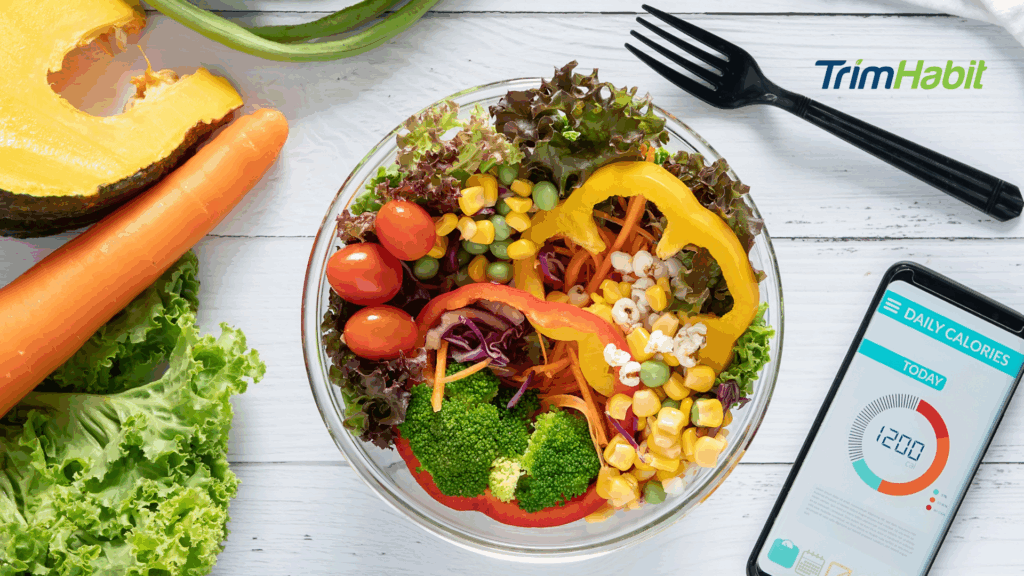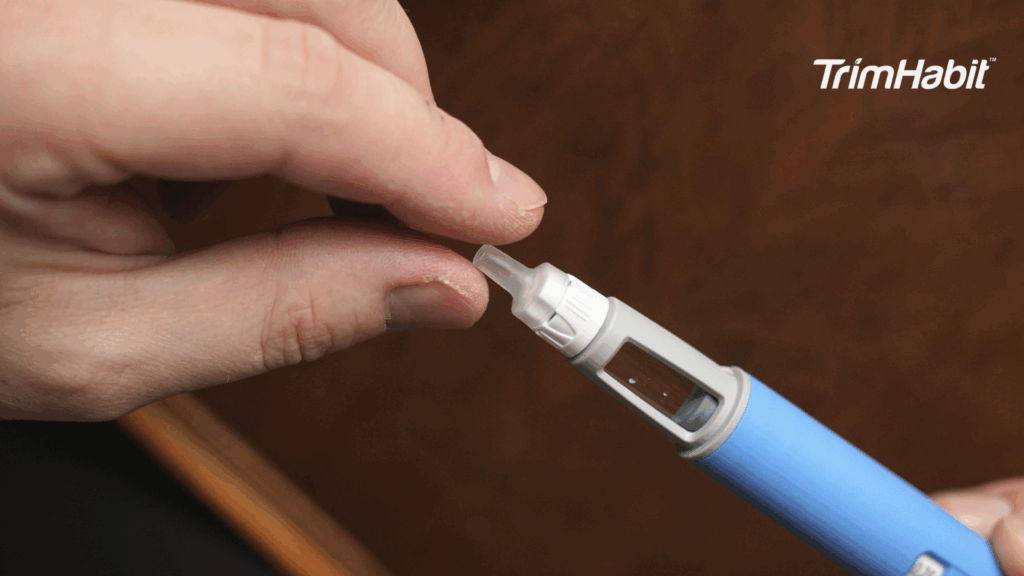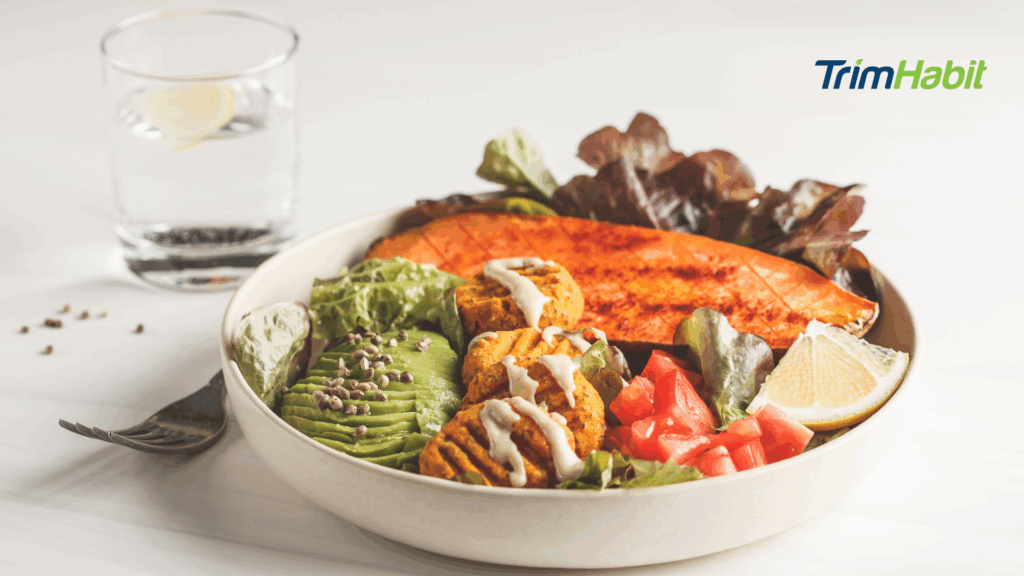In the quest for weight loss, selecting the right protein sources can be the game-changer that unlocks your path to success. Protein, a vital component in your dietary arsenal, not only fuels your body but also plays a pivotal role in satiety, metabolism, and muscle recovery. Among the myriad options available, two contenders stand out in the market: whey protein and pork.
But which one should you choose, and does the origin of your protein genuinely make a difference?
To bring clarity to this question and assist you in identifying the optimal protein source for your requirements, we have outlined these facts on whey protein vs pork for weight loss, including their nutritional profiles, health benefits, and other key factors.
Whey Protein: An Overview
Whey protein is a complete protein derived from cow’s milk. It contains all the essential amino acids required by the human body. Whey protein isolate, a highly purified form, is the most popular supplement among fitness enthusiasts and individuals aiming for weight loss.
Impact On Weight Loss
Numerous studies have highlighted the effectiveness of whey protein in promoting weight loss. Research conducted in 2008 demonstrated that whey protein supplementation leads to reduced body weight and fat mass, while preserving lean muscle mass1. Another study found that whey protein intake results in greater satiety compared to other protein sources2, reducing subsequent food intake and aiding in weight management.
Furthermore, a study published in the American Journal of Clinical Nutrition by Leidy et al. (2007) showed that a high-protein diet, including whey protein, increased weight loss, fat loss, and preservation of lean body mass compared to a standard-protein diet3.
Nutritional Profile Of Whey Protein
Whey protein is not only rich in protein but also provides essential nutrients that support overall health. Here is a breakdown of its nutritional composition:
Protein Content
Whey protein typically contains about 20-25 grams of protein per serving, making it an excellent source for meeting your daily protein needs.
Low in Fat
Whey protein isolate, in particular, is very low in fat, making it a suitable choice for those aiming to reduce overall calorie intake for weight loss.
Carbohydrates
Whey protein generally contains a minimal amount of carbohydrates, making it suitable for individuals following low-carb or ketogenic diets.
Essential Amino Acids
Whey protein is rich in essential amino acids, including leucine, which plays a crucial role in muscle protein synthesis and recovery.
Moreover, whey protein is a good source of branched-chain amino acids (BCAAs), which have been shown to promote muscle growth, aid in muscle recovery, and support weight loss efforts.
Whey Protein Supplements
Here are some types of whey protein supplements that can assist with weight loss:
- Whey Protein Isolate – this type of whey protein undergoes further processing to remove most of the fat and lactose, resulting in a higher protein content per serving.
- Whey Protein Concentrate – it contains a lower percentage of protein compared to whey protein isolate but retains more of the natural nutrients found in whey.
- Whey Protein Hydrolysate – this form of whey protein is partially pre-digested, making it easier for the body to absorb and utilize.
Pork: An Overview
Pork is a widely consumed meat that can be part of a balanced diet. It is known for its rich flavor and versatility in various cuisines. Let’s explore how pork compares to whey protein in terms of weight loss and nutritional aspects.
Impact On Weight Loss
Pork can contribute to weight loss if consumed in moderation and prepared in a healthy manner. However, it is important to be mindful of portion sizes and the overall calorie content of pork-based meals.
Pork can be higher in calories and saturated fat compared to leaner protein sources like whey protein. Nevertheless, lean cuts of pork, such as pork tenderloin or loin chops, can provide a valuable source of protein while minimizing fat intake.
A study published in 2012 found that incorporating lean pork into a weight loss diet resulted in reductions in weight, body mass index (BMI), waist circumference, percentage of body fat, fat mass, and abdominal fat compared to the control group4.
Nutritional Profile Of Pork
The nutritional composition of pork varies depending on the cut and cooking method. Here are some key points to consider:
Protein Content
Pork is a good source of high-quality protein, providing essential amino acids needed for muscle growth and repair.
Fat Content
Pork is known for its varying fat content, with certain cuts being leaner than others. Lean cuts, such as pork tenderloin or loin, contain less fat and can be a healthier option for weight loss.
Vitamins and Minerals
Pork is a good source of several essential vitamins and minerals, including thiamin, niacin, vitamin B6, phosphorus, and zinc.
Sodium Content
Processed pork products, such as sausages and bacon, may have higher sodium levels, so it is important to consume them in moderation and opt for low-sodium varieties.
Pork Cuts Options
When it comes to pork cuts that are more suitable for weight loss, choosing lean cuts of pork is generally recommended. Here are some of the best pork cuts for weight loss:
- Pork Tenderloin – pork tenderloin is one of the leanest cuts of pork available. It is low in fat and calories while still providing a good amount of protein. It is a versatile cut that can be grilled, roasted, or stir-fried.
- Pork Loin – another lean cut, pork loin is known for its tenderness and low-fat content. It can be prepared in various ways, such as baking, grilling, or slow cooking, making it a versatile option for weight-conscious individuals.
- Pork Sirloin – pork sirloin is a lean and flavorful cut that is relatively low in fat compared to other cuts. It can be roasted, grilled, or used in stir-fries for a delicious and protein-rich meal.
- Pork Chop (Center Cut) – the center-cut pork chop is a leaner option compared to rib chops or shoulder chops. Trimming off any visible fat and cooking it using healthier methods like grilling or baking can make it an excellent choice for weight loss.
Remember that while these cuts are considered leaner, portion control is still essential for weight loss. It’s also important to prepare pork using healthier cooking methods, such as grilling, baking, or broiling, and to avoid adding excessive fats or oils during cooking. Incorporating a balanced diet and regular exercise along with portion-controlled pork consumption can contribute to effective weight loss.
Health Benefits And Considerations
Muscle Recovery and Protein Synthesis
Both whey protein and pork can support muscle recovery and protein synthesis due to their protein content. Adequate protein intake is crucial for repairing and building muscle tissue, especially during weight loss, when calorie restriction can lead to muscle loss. Whether from whey protein or pork, ensuring sufficient protein intake can help preserve lean muscle mass.
Pork For Muscle Recovery
Muscle repair and recovery from pork are facilitated by the high-quality protein it contains, along with the essential amino acids it provides. These amino acids, such as leucine, help stimulate protein synthesis, which is the process by which new muscle tissue is built.
Pork also provides important nutrients like B vitamins, zinc, and iron, which are involved in energy production, oxygen transport, and overall muscle function. These nutrients aid in replenishing energy stores and promoting optimal muscle recovery.
In a study examining the effects of meat consumption, including pork, on exercise recovery and muscle protein synthesis, compelling findings emerged. The research highlighted the potential benefits of meat as a post-exercise food, demonstrating favorable outcomes in muscle protein synthesis and metabolic performance5.
Whey Protein For Muscle Recovery
Whey protein is renowned for its rapid absorption and high amino acid content. It is rich in essential amino acids, particularly leucine, which is considered a key trigger for muscle protein synthesis.
Consuming whey protein post-workout helps provide the necessary building blocks for muscle repair and growth. It helps replenish glycogen stores and initiates the recovery process, ensuring that muscles have the nutrients they need to recover efficiently.
Findings on studies suggest that whey protein, specifically in the form of hydrolysates or isolates, can help with muscle recovery. Whey protein hydrolysates have been shown to speed up tissue repair after exercise-induced muscle damage, while whey protein isolate supplementation can prevent a decline in muscle strength during the recovery period. Thus supporting claims that including whey protein in post-exercise nutrition may aid in faster muscle repair and maintaining muscle function6,7.
Satiety and Appetite Control
One of the key factors for successful weight loss is controlling hunger and maintaining satiety. Both pork and whey protein have been the subject of studies exploring their effects on satiety and appetite regulation.
Research has shown that incorporating pork into meals can contribute to increased feelings of fullness and satiety. A 2011 study found that consuming pork led to higher levels of the satiety hormone peptide YY compared to chicken. Peptide YY (PYY) is released by the digestive tract in response to food intake, signaling fullness and reducing hunger. These findings suggest that including pork in meals may promote a sense of fullness and contribute to healthier eating habits8.
Similarly, studies have investigated the impact of whey protein on satiety. In a study9 involving obese young women, participants consumed a whey protein drink before a meal. The results showed that the whey protein drink increased feelings of fullness and reduced hunger.
Furthermore, the whey protein drink elevated the levels of appetite-regulating hormones, namely GLP-1 (Glucagon-Like Peptide-1) and PYY. GLP-1 is released in the intestines after eating and helps regulate blood sugar levels, control appetite, and promote a sense of fullness.
Additionally, the study confirmed that the whey protein drink caused a smaller increase in blood sugar compared to another drink. These findings suggest that whey protein may assist obese individuals in feeling more satiated, regulating their appetite, and better controlling their blood sugar levels.
Heart Health Considerations
While both whey protein and pork can be part of a healthy diet, it is essential to consider the overall impact on heart health. Lean cuts of pork can be incorporated into a balanced diet without significantly increasing cardiovascular risk. However, due to the potential for higher saturated fat content in certain pork cuts and processed pork products, moderation and portion control are important to maintain heart health.
It is worth noting that whey protein, particularly whey protein isolate, is typically low in saturated fat and cholesterol, making it a favorable option for individuals concerned about heart health.
Other Considerations
Aside from their impact on weight loss and nutritional profiles, there are a few other factors to consider when choosing between whey protein and pork:
Allergies and Dietary Restrictions – since whey protein is derived from milk, individuals with lactose intolerance or milk allergies may need to opt for alternative protein sources. Pork, on the other hand, is not suitable for individuals following a vegetarian or vegan diet.
Cost and Accessibility – whey protein supplements are readily available and can be convenient for individuals who struggle to meet their protein needs through whole food sources. However, they can be more expensive compared to pork, which is a widely available and relatively affordable protein source.
Taste and Palatability – personal preferences for taste and texture can influence your choice between whey protein and pork. Some individuals may prefer the convenience and taste of whey protein shakes, while others may enjoy incorporating pork into their meals for variety.
Rundown On Whey Protein vs Pork For Weight Loss
Here’s a rundown on the comparison between whey protein and pork when it comes to weight loss:
- Protein Content – pork and whey protein are good sources of protein, but whey protein typically has a higher protein content per serving. Whey protein powder, in particular, is highly concentrated in protein and can provide a significant amount without adding excessive calories or fat.
- Fat Content – pork can vary in its fat content depending on the cut and cooking method. Leaner cuts of pork, such as tenderloin or loin chops, are lower in fat. However, they may still contain more fat than whey protein, which is generally very low in fat.
- Caloric Density – pork tends to be more calorie-dense than whey protein. This means that for the same amount of protein, pork may provide more calories due to its fat content. Whey protein, especially in powder form, is often lower in calories, making it a popular choice for those aiming to control their calorie intake.
- Digestibility – whey protein is known for its high digestibility, meaning it is quickly and easily absorbed by the body. This can be beneficial for post-workout recovery or when you need a fast source of protein. Pork protein is also digestible but may take slightly longer to be broken down and absorbed.
- Satiety and Hunger Control – both pork and whey protein can contribute to feelings of fullness and satiety. Protein, in general, has been shown to increase satiety and reduce hunger, which can be helpful for weight loss. However, whey protein is often considered more satiating due to its high content of specific amino acids, such as leucine, which is known to trigger muscle protein synthesis and promote feelings of fullness.
- Nutrient Profile – pork provides various essential nutrients, including vitamins, minerals, and amino acids. It can be a source of B vitamins, zinc, iron, and selenium. Whey protein, on the other hand, is typically low in carbohydrates and fat but rich in essential amino acids, which are the building blocks of proteins.
Wrap Up
In the battle between whey protein and pork for weight loss, both options have their merits. Whey protein, with its high protein content and favorable impact on satiety, is widely recognized for its effectiveness in promoting weight loss and preserving lean muscle mass. On the other hand, lean cuts of pork can provide a valuable protein source when consumed in moderation, along with essential vitamins and minerals.
Ultimately, individual preferences, dietary needs, and overall calorie intake should guide the choice between whey protein and pork as part of a comprehensive weight loss plan. Remember to consult with a healthcare professional or registered dietitian to determine the best approach for your specific goals and health conditions.
Bonus: Other High Protein Foods
While the article highlights whey protein and pork as protein-rich options, it’s important to take into account other protein foods to achieve a higher protein diet.
Below are some of the protein foods to get you started. Consider this list as a valuable bonus to help you enhance your protein intake.
- Eggs – eggs are an excellent source of high-quality protein, containing all essential amino acids.
- Chicken Breast – skinless chicken breast is a lean protein source with a high protein content.
- Fish – salmon, tuna, and other types of fish are rich in protein and also provide omega-3 fatty acids.
- Greek Yogurt – Greek yogurt is a protein-packed dairy product that can be enjoyed as a snack or added to recipes.
- Lean Beef – lean cuts of beef, such as sirloin or tenderloin, are protein-dense options.
- Cottage Cheese – cottage cheese is a versatile and protein-rich food that can be enjoyed on its own or incorporated into various dishes.
- Lentils – lentils are a plant-based protein source that is also high in fiber, making them a nutritious choice.
- Quinoa – quinoa is a complete protein grain that provides a good amount of protein along with essential amino acids.
- Tofu – tofu, made from soybeans, is a popular protein source for vegetarians and vegans.
- Edamame – edamame, or young soybeans, is another plant-based protein option that is rich in fiber.
- Nuts and Seeds – almonds, peanuts, chia seeds, and hemp seeds are examples of nuts and seeds that offer protein and healthy fats.
Whether you’re looking to support muscle growth, lose weight, or simply enjoy a more balanced and nutritious diet, these protein-rich options will be a valuable addition to your culinary repertoire. Keep in mind that the power of nutrition lies in your hands, and with these protein-rich choices, you have the opportunity to nourish your body and elevate your well-being. So, take charge of your health and savor the benefits that these delectable options bring to your plate.









